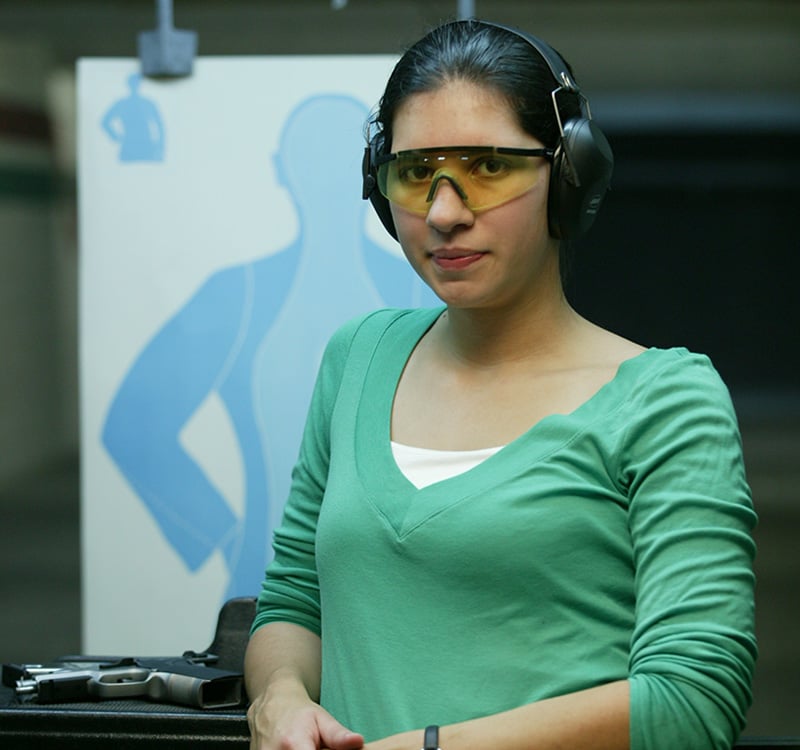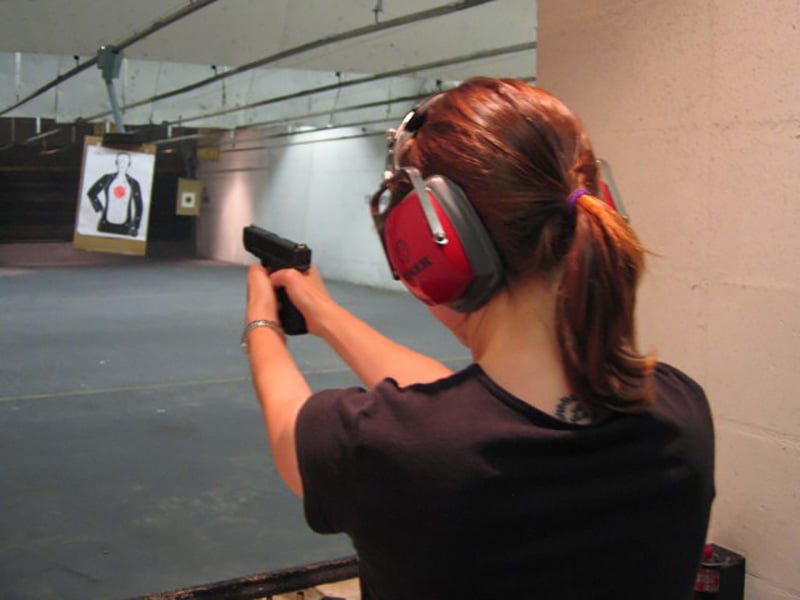
Last Updated on
By David Link
As we close our series on carrying a concealed weapon, we want to start with an overview of the steps everyone should take (with links to previous articles) and touch on what quality training courses should provide. Remember that carrying a concealed weapon is a very personalized action, only you can know for sure what is right for you. This includes selecting the right firearm and holster, but as we discussed last week, the one exception is the somewhat universal selection of jacketed hollow points with a low flash and medium to medium-light grain weight as your self-defense ammunition. Don’t forget to check you state regulations before you ever begin the other steps of this process. But to summarize again:
- Examine your state’s regulations on conceal and carry – Part One: The Regulations
- Select the right self-defense pistol – Part Two: Pistol Selection
- Choose an appropriate holster to match the pistol – Part Three: Holster Options
- Test ammo brands to find the appropriate round for your pistol – Part Four: Ammo Selection
If you live in an unrestricted state, then you’re ready to conceal and carry right now, but honestly if you’re not a very experienced shooter, you better pump your brakes. Even if you’ve already been out to the range to test fire self-defense rounds, you should also consider a conceal and carry class as part of the process. For those of you who live in a state where classes are mandatory before you carry, then you’ll need to take the class anyway. Don’t scoff at the task. Just like hunter’s safety, a conceal and carry class is time well spent. Let’s cover some of the major points that every class should cover.
Basic Conceal And Carry Classes
Several of the states with less-stringent conceal and carry requirements do not require you to prove that you can safely fire a handgun. These classes can be taken online, and once you pass the test at the end of the video course, you’re good to go apply for your permit. These classes teach general firearms safety, basics about conceal and carry practices, an overview of conceal and carry laws (like places where you can’t carry), and basic marksmanship techniques. While we won’t be so bold as to say you shouldn’t take these classes, we will say that it is your duty to seek on the range training if you require it. For those of you who have a skilled shooter in your family, you probably won’t need to hire an instructor to walk you through conceal and carry techniques before you take the test. But if you’re new to conceal and carry (as many reading this will likely be), then you should opt for physical training even if you can carry without having to prove your proficiency with a firearm. Remember that it is your responsibility to do so. Carrying without the appropriate skill is irresponsible, and it is dangerous for you and others around you when you carry. Do a search for licensed instructors in your area. Even if they can’t certify you, they can teach you important techniques in-person so you’ll be ready for effective conceal and carry once you’re licensed.
What To Look For In Quality Classes
In your search for an instructor, you’re bound to find just ok instructors and great instructors. How do you determine you’re getting the best option possible in your area? Well it is worth mentioning that avoiding the cheapest instructor around might be a good strategy given the “you get what you pay for” adage, but it is unfair to generalize in such a manner. So do your homework and ask around. Ranges and gun shops may have recommendations for you, and an instructor should be able to provide you with references from former students if you ask. For those on a budget, a group class can be a way to save some money while still getting exposure to the knowledge and techniques you need. If you find that class doesn’t yield appropriate results for you, then you can always move on to one on one training to sharpen up your skills.
Be sure to investigate what their class offers. Here is a list of training subjects that are worthwhile:
- Firearm safety
- Conceal and carry overview
- Your state regulations
- Fast, safe reloads
- Effective trigger pull
- Drawing techniques
- Aiming / sighting the firearm
- Correct firearm grip
- Proper stances
- How to clear / deal with a jam
- Moving with a drawn firearm
- Firing with both dominant and weak hand
Just as important as all the above tasks is the ability to practice them on your own. The best instructors will leave you with a wealth of techniques that you can repeat on your own.
Conclusion
Don’t forget that any firearm training, especially conceal and carry training, is a life long process. There’s always room to get better, and even the most confident shooters are always striving to improve their skills. Don’t carry the mentality that once you’ve finished your initial training, you’re set for life. Keep working, learning, and shooting at the range. Don’t forget to follow Gritr Sports for the latest articles on firearm proficiency like:
- How To Become A Distinguished Shooter For $2.50
- Twenty-Two Training (And How It Can Effect Your Overall Firearm Proficiency)
- Building Skill With Dry Practice
And many more!






Leave a Reply